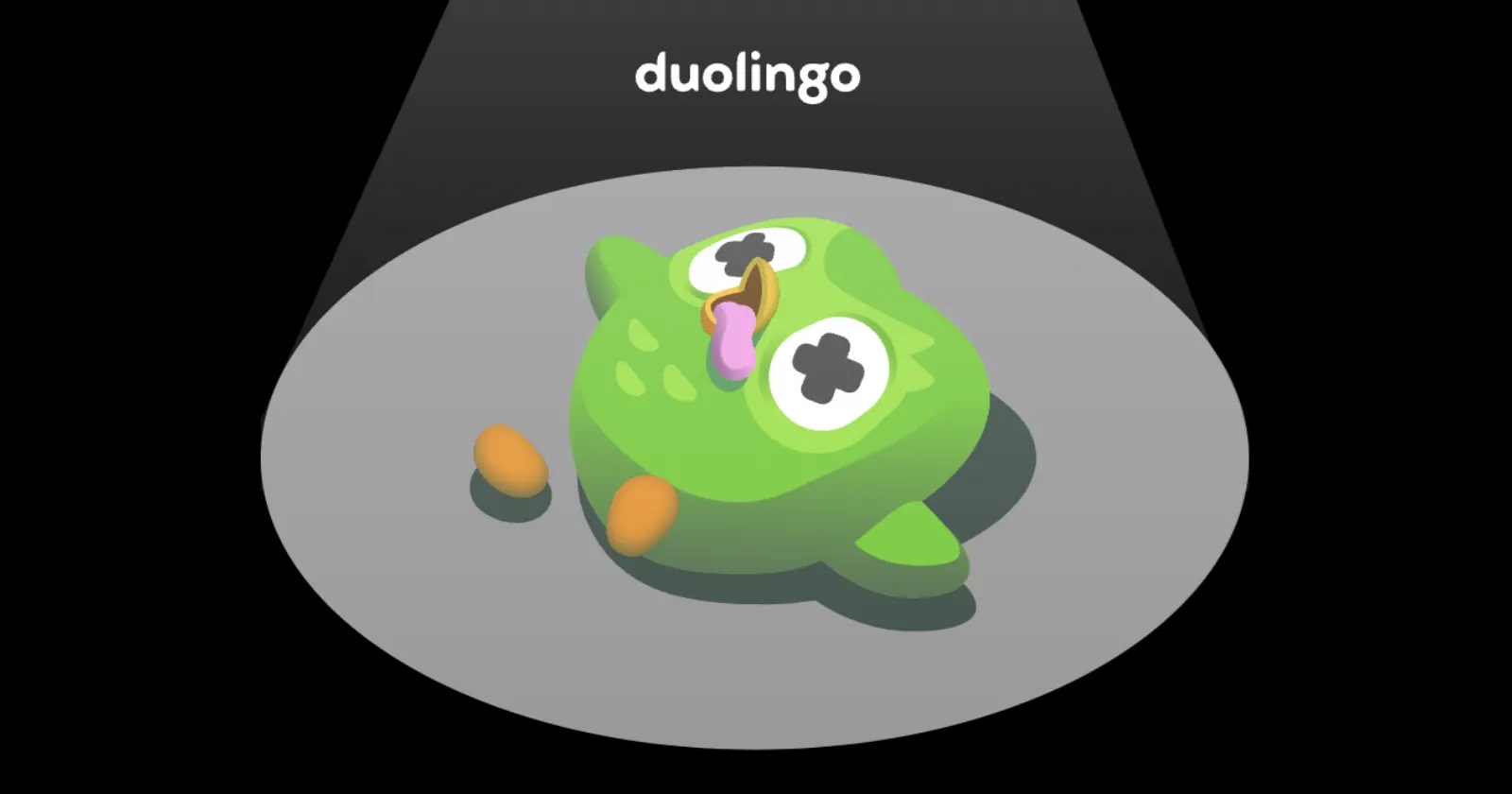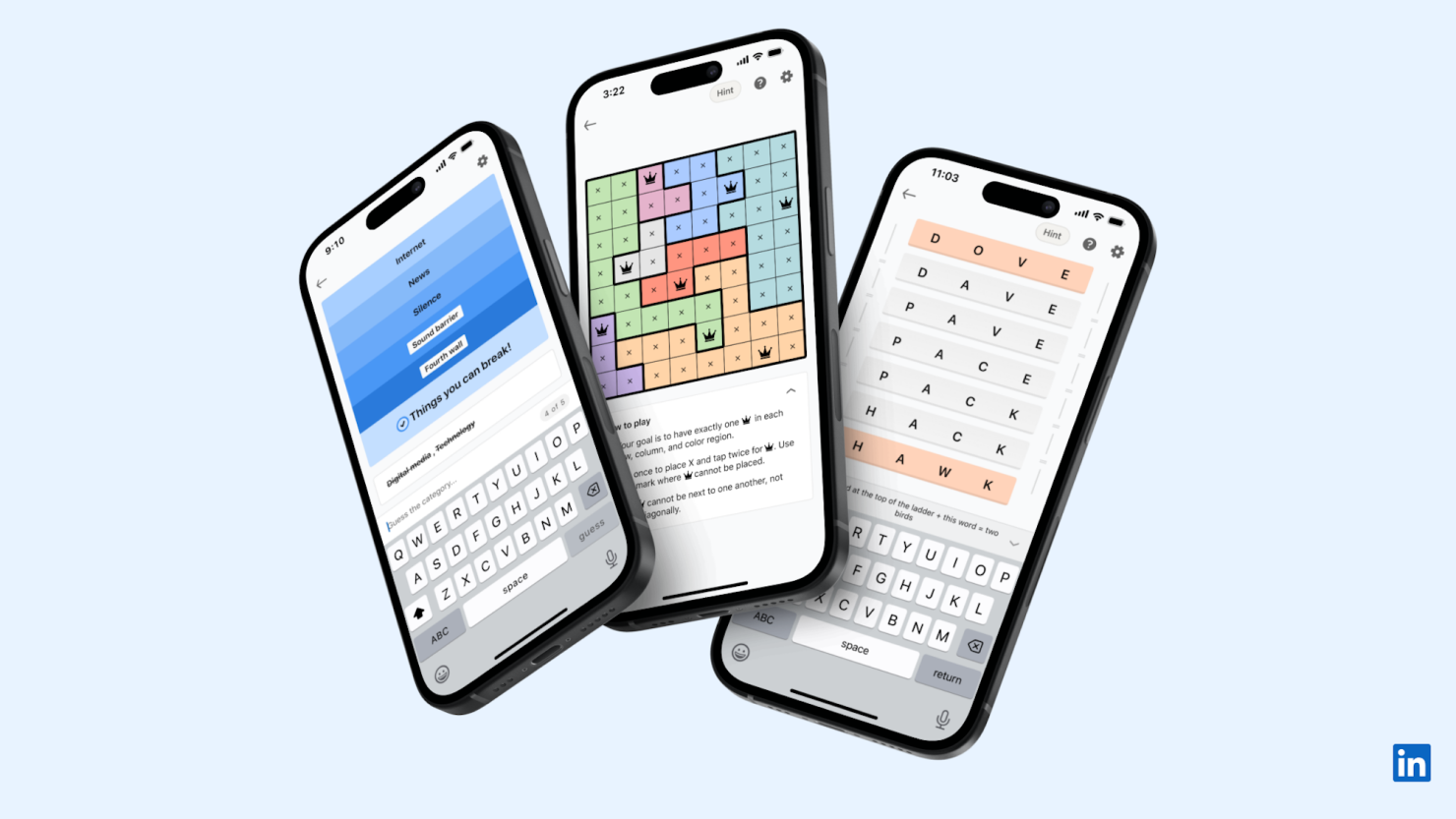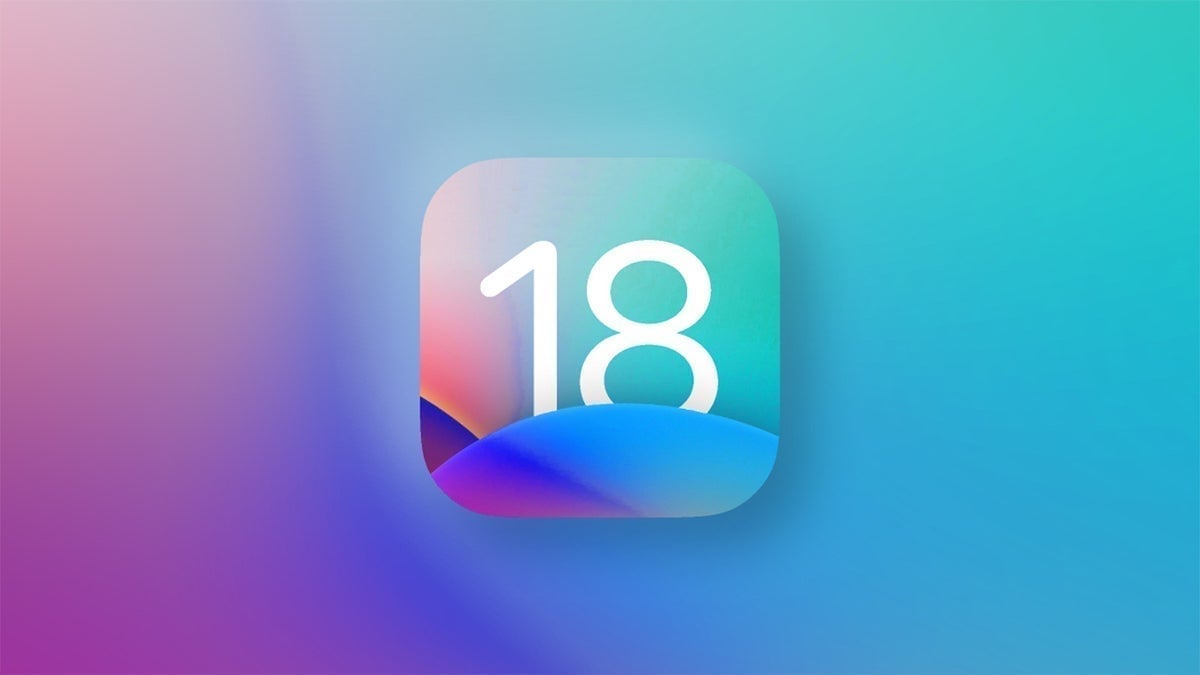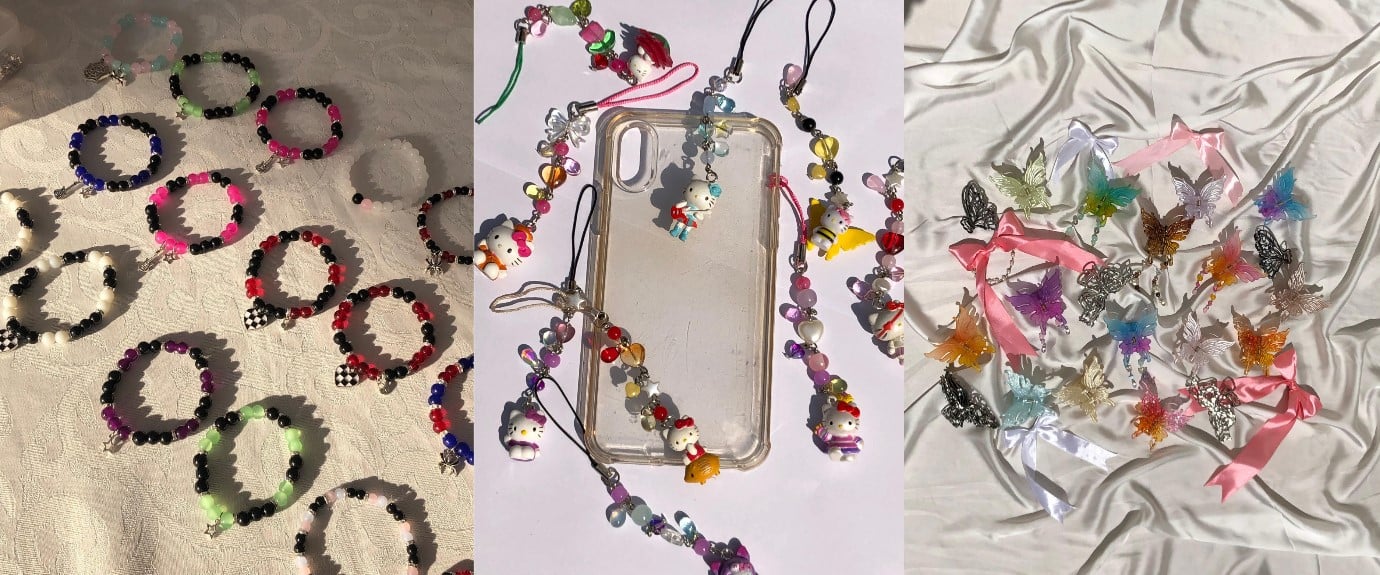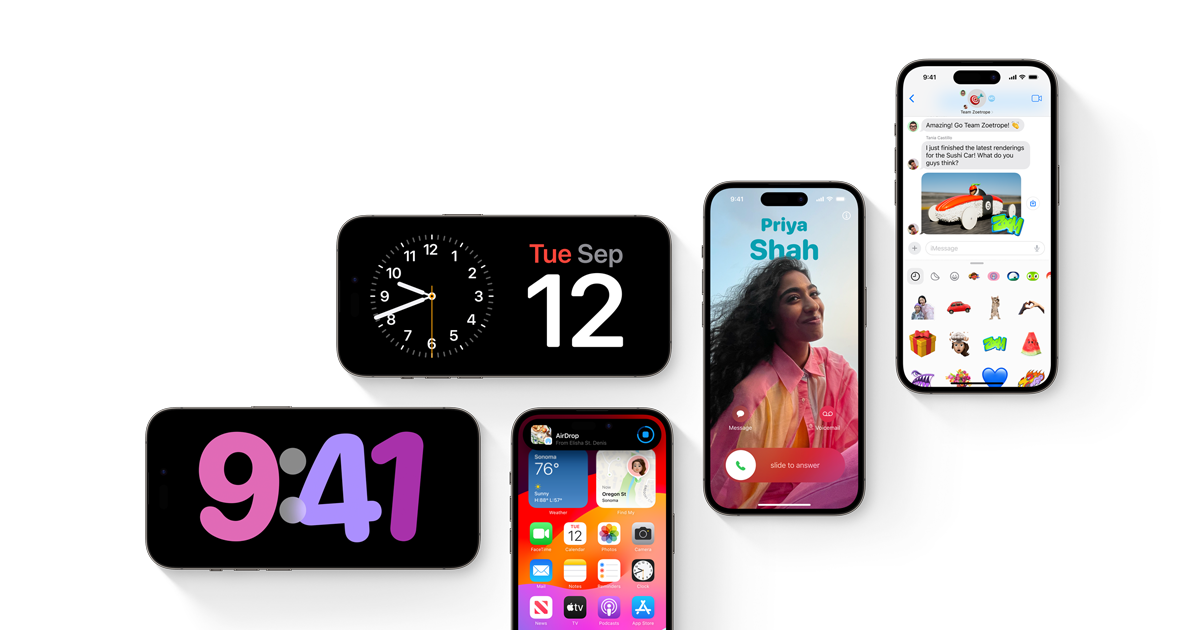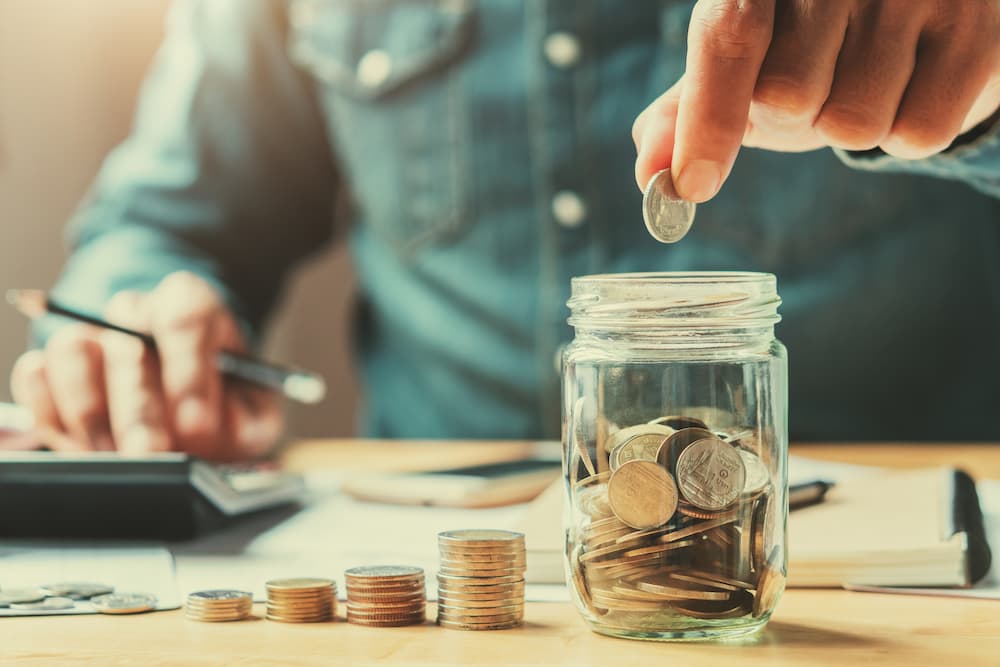Girl Math … Explained!
6 minutes read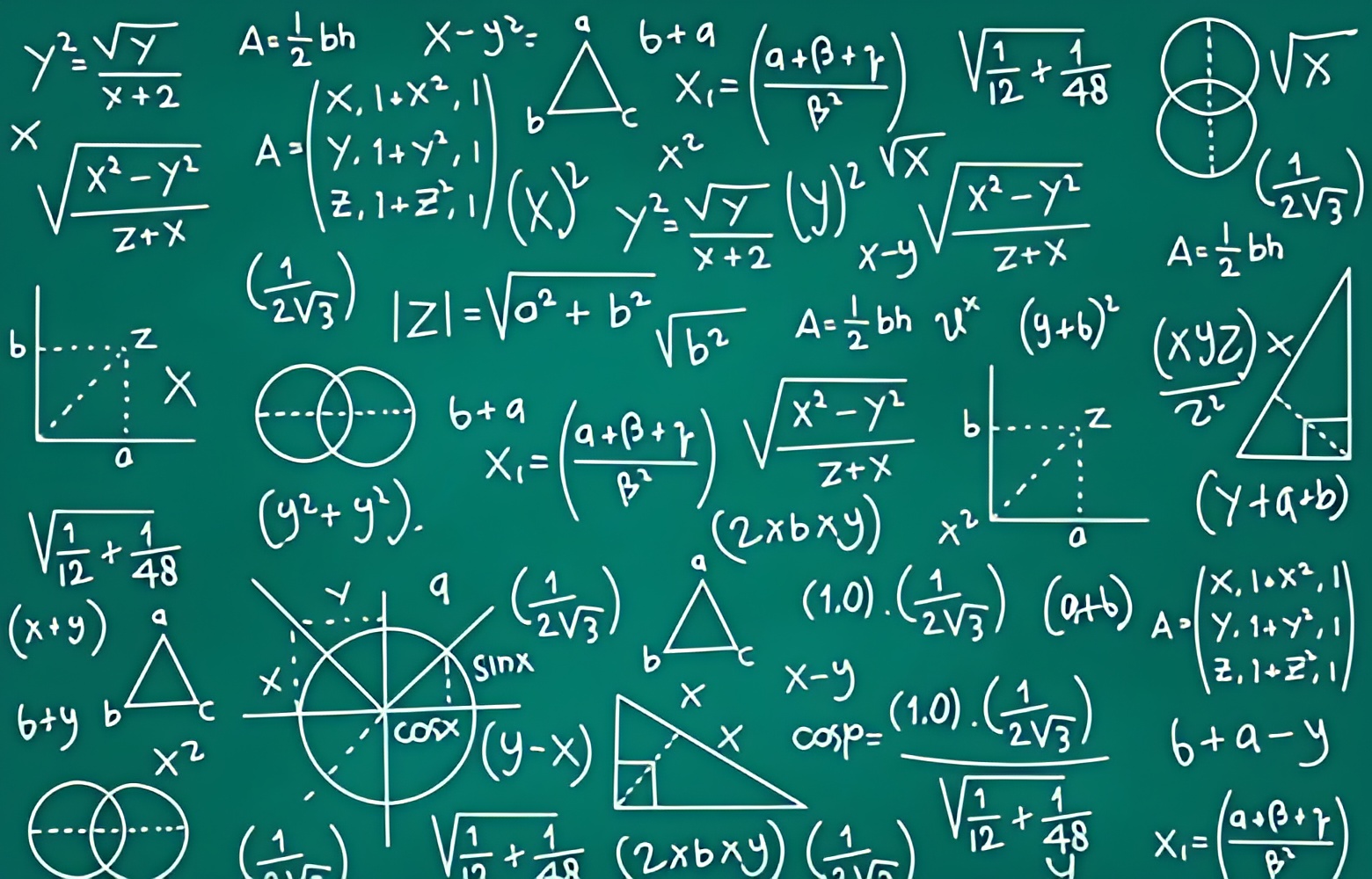
If you’ve been keeping up with the latest trends on TikTok, chances are you’ve come across the buzzworthy term ‘Girl Math.’ This viral phenomenon has been making waves on the popular social media platform, capturing the attention of users worldwide. It seems to have found its place right alongside other trending topics, such as the infamous ‘Tube Girl.’ The phrase was first heard on a New Zealand morning radio program called ‘Fletch, Vaughan, & Hayley.” The broadcasters developed a ‘Girl Math’ section to assist female listeners in justifying extravagant purchases ranging from expensive clothes to Taylor Swift tickets. The concept of ‘Girl Math’ revolves around finding creative ways to rationalize and justify spending on items that bring joy and happiness. It challenges traditional notions of budgeting and encourages women to prioritize self-care and indulgence in their financial decisions. The reason why this trend has gained popularity is because it empowers women to embrace their desires without guilt or societal judgement.
Ever since its inception, the TikTok platform has witnessed an explosive surge in a particular trend that has taken the internet by storm. Garnering an impressive 53 million views, this trend has captivated the attention of countless users. In order to shed some light on this phenomenon, I’m going to delve deeper into the major concepts associated with this term.
Cash transactions are free
In the world of girl math, unlike their electronic counterparts, cash transactions are considered absolutely free. Now, you may find yourself scratching your head at this concept, but bear with me because what I’m about to discuss is rooted in a fascinating economic concept known as ‘Sunk Cost.’ In its essence, a sunk cost refers to those monetary investments that have already been made, forever irretrievable. According to girl math experts, cash is a sunk cost. One compelling viewpoint put forth by proponents of this theory is that once you withdraw cash from your bank, it is highly unlikely that you will find the motivation to deposit it back into your account. Hence, we find ourselves faced with the reality of cash that has already been expended and therefore all purchases made with that cash are absolutely free. The argument presented here is not only rooted in sound logic but also draws upon a fundamental economic principle to support its validity.
No purchase is too expensive
When it comes to making expensive purchases, one factor that often comes into consideration is the cost. After all, no one wants to spend a significant amount of money on something that will only be used for a short amount of time. That’s where another brilliant girl math concept comes in, the concept of dividing the cost by the number of days you use your purchase for. By doing this, you can get a better understanding of the purchase’s value.Assume you wish to purchase a $5,000 Chanel purse. It may seem to be a frivolous buy. However, suppose you want to wear the same Chanel bag every day for the next ten years. The cost is thus reduced to a mere $1.4 dollars. Something as necessary as a bag should surely be worth $1.4 per usage. This reasoning is based on the concept of cost per use, which allows individuals to evaluate the value of an item based on its long-term utility rather than its upfront cost. By dividing the cost of a Chanel purse over ten years, it becomes clear that the daily expense is minimal compared to other daily expenses. This perspective highlights the potential worth and practicality of investing in a high-quality item like a Chanel bag or any other expensive purchase!
Items returned = money earned
Have you ever found yourself in a situation where you had to return an item because it just didn’t resonate with you? Well, what if I told you that every time you made a return, you were actually making a profit without even realizing it? According to the insights of esteemed girl math experts, it is a well-established fact that once your hard-earned money leaves your account, it bids adieu forever. However, on the rare occasion that it does find its way back to you, it does so only in the form of profit. Therefore, if you buy something for $50, and return it, you’re actually making $50!
Past purchases are free
Have you ever purchased anything on AliExpress just to have it sent to you three months later after you had entirely forgotten about it? Hasn't that seemed like a gift at the time? This is precisely what this idea means. Consider buying an airline ticket or a concert ticket six months in advance; by the time the concert or vacation arrives, you won't even remember paying for it. The memory of spending your hard-earned money on that ticket would have faded into oblivion. Thus, you guessed it, it’s free! This concept of prepaying for an experience in advance can bring a sense of surprise and delight when the time finally comes. It's like receiving a unexpected gift that you had already given to yourself, making the whole experience even more enjoyable.
Loan repayments = profit
One of the fundamental principles of girl math revolves around the notion that once money leaves your account, it rarely finds its way back, unless it returns as profit. Have you ever gone out to lunch with your friends and offered to pay with your card, noting that your friends could transfer you their portion later? Well, congrats, you've earned a profit! By offering to pay for lunch with your card and having your friends transfer you their portion later, you have essentially created a situation where money is coming back to you. Hence, profit!
The term ‘Girl Math’ may make it feel like this logic is reserved only for women, but gender should never be a limiting factor. If it resonates with you, it is for you! Although the name ‘Girl Math’ is new, the phenomenon is well-documented in cognitive psychology as a concept known as ‘mental accounting.’ In the fascinating realm of behavioral finance, there exists a concept known as ‘mental accounting.’ This intriguing mindset, as described by the esteemed Dan Egan, director of behavioral finance and investing at Betterment, challenges the notion that all dollars are created equal. It suggests that our minds have a tendency to assign different values to different amounts much like girl math!
When contemplating the rationale behind it the concepts, one might find themselves questioning the logic. However, let us not forget that, ultimately, it is simply a delightful and entertaining concept.


